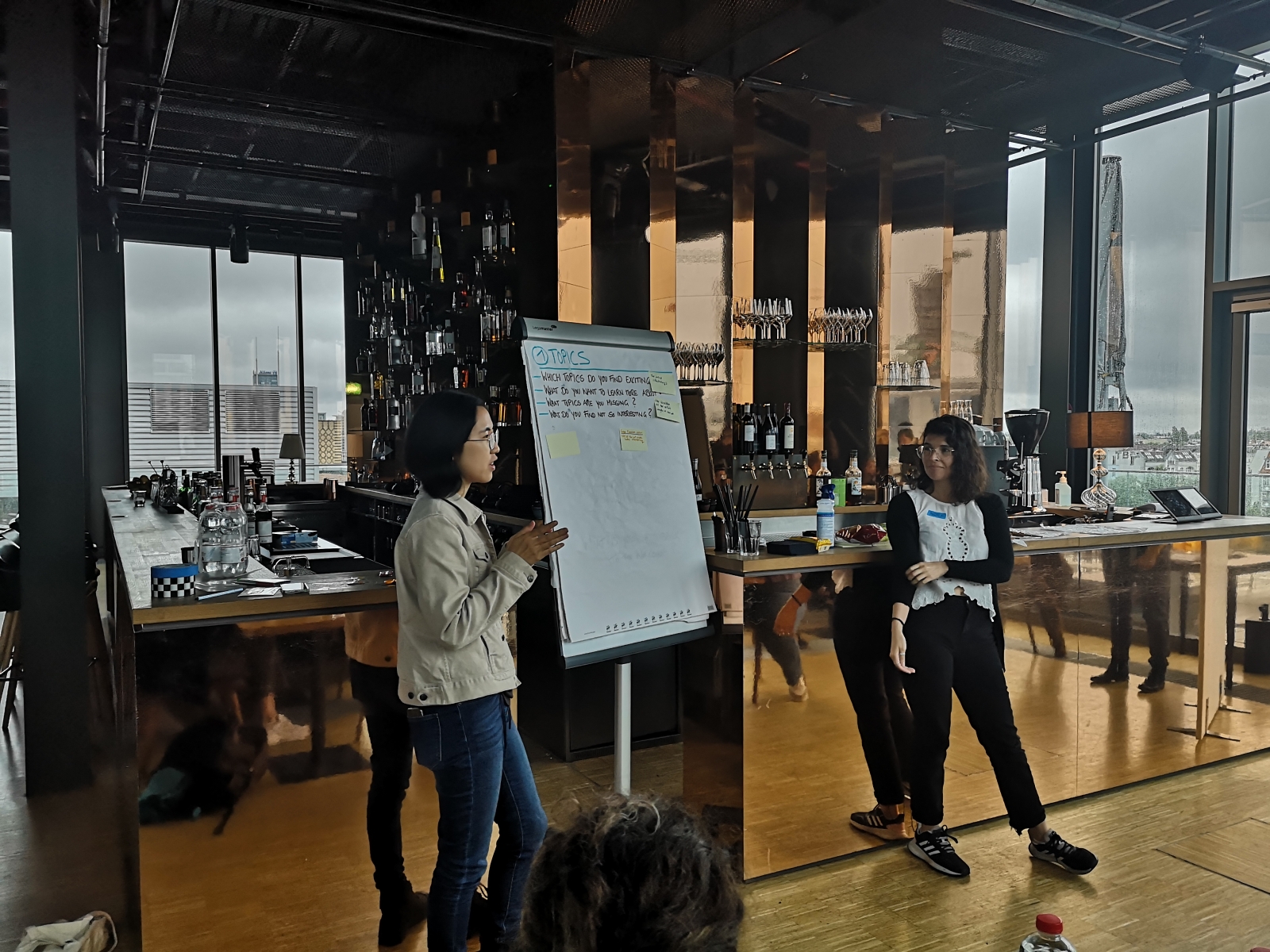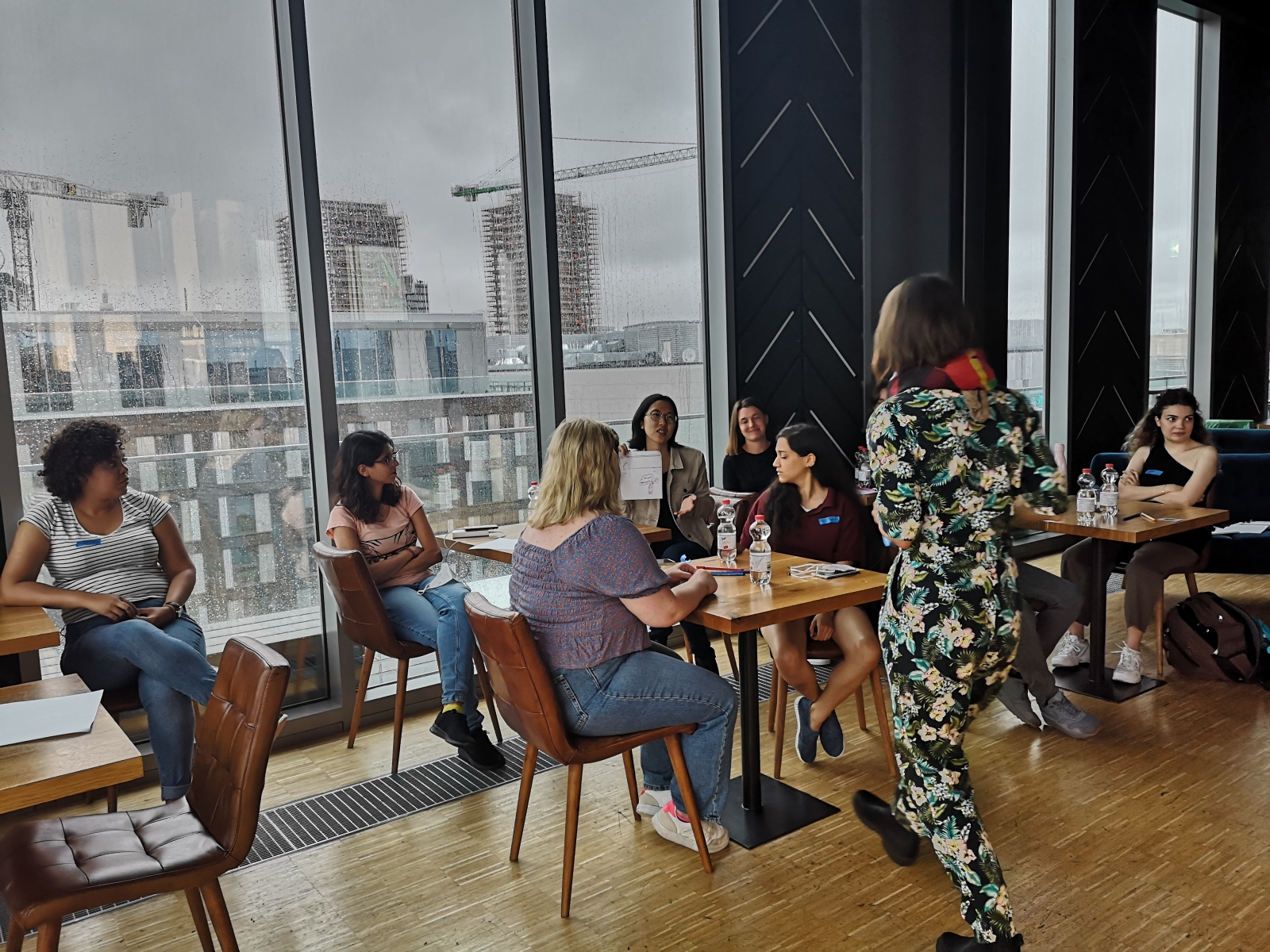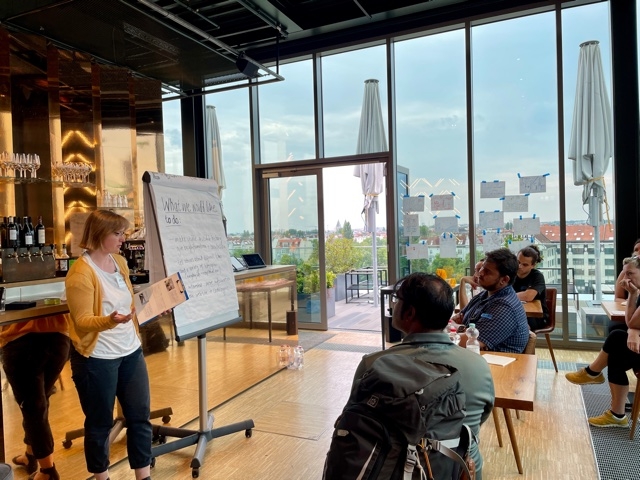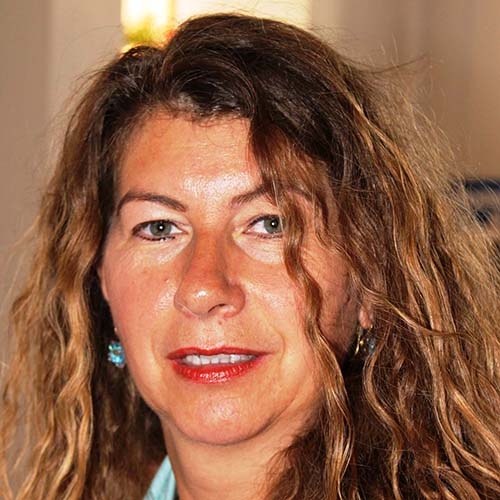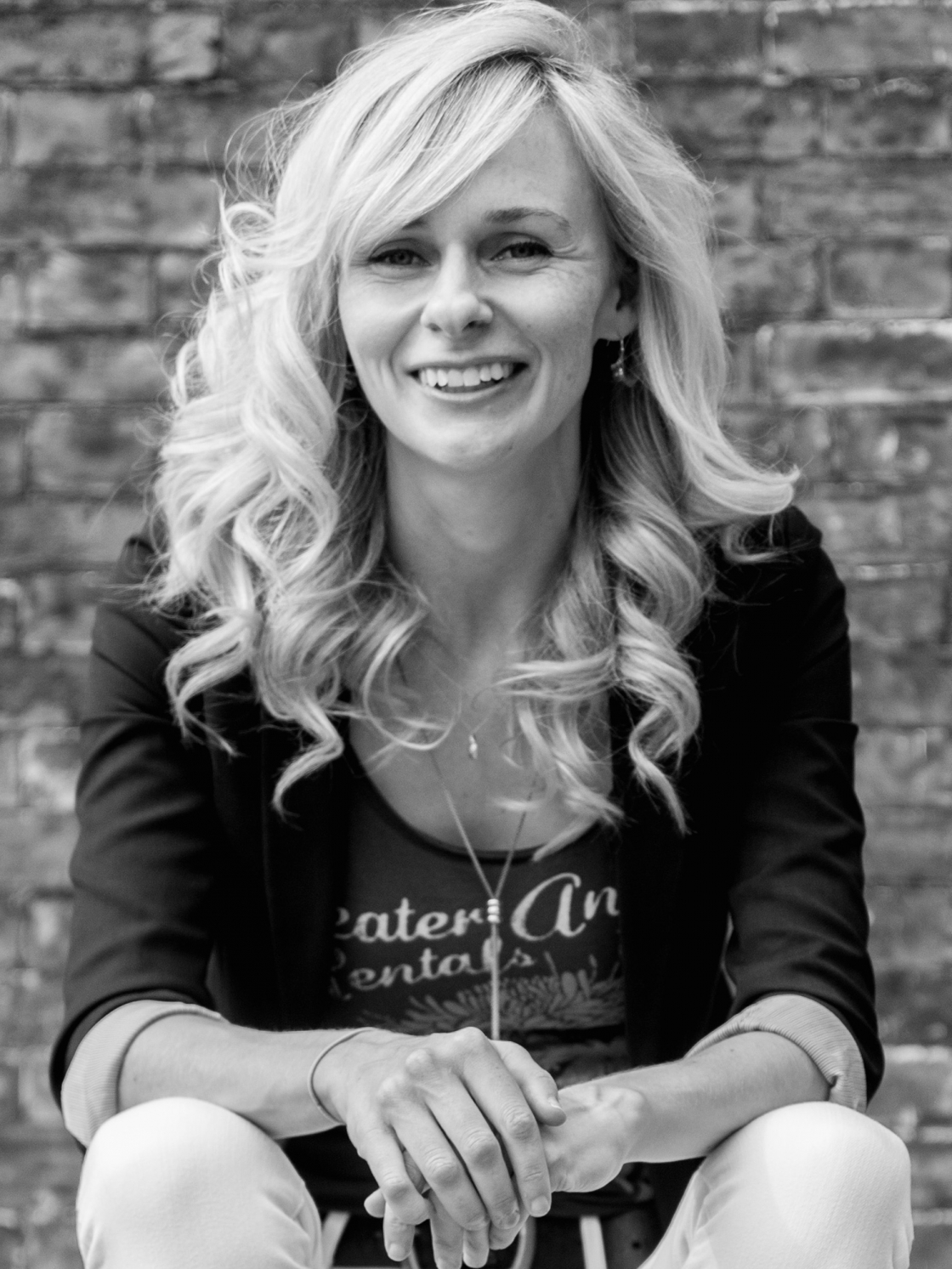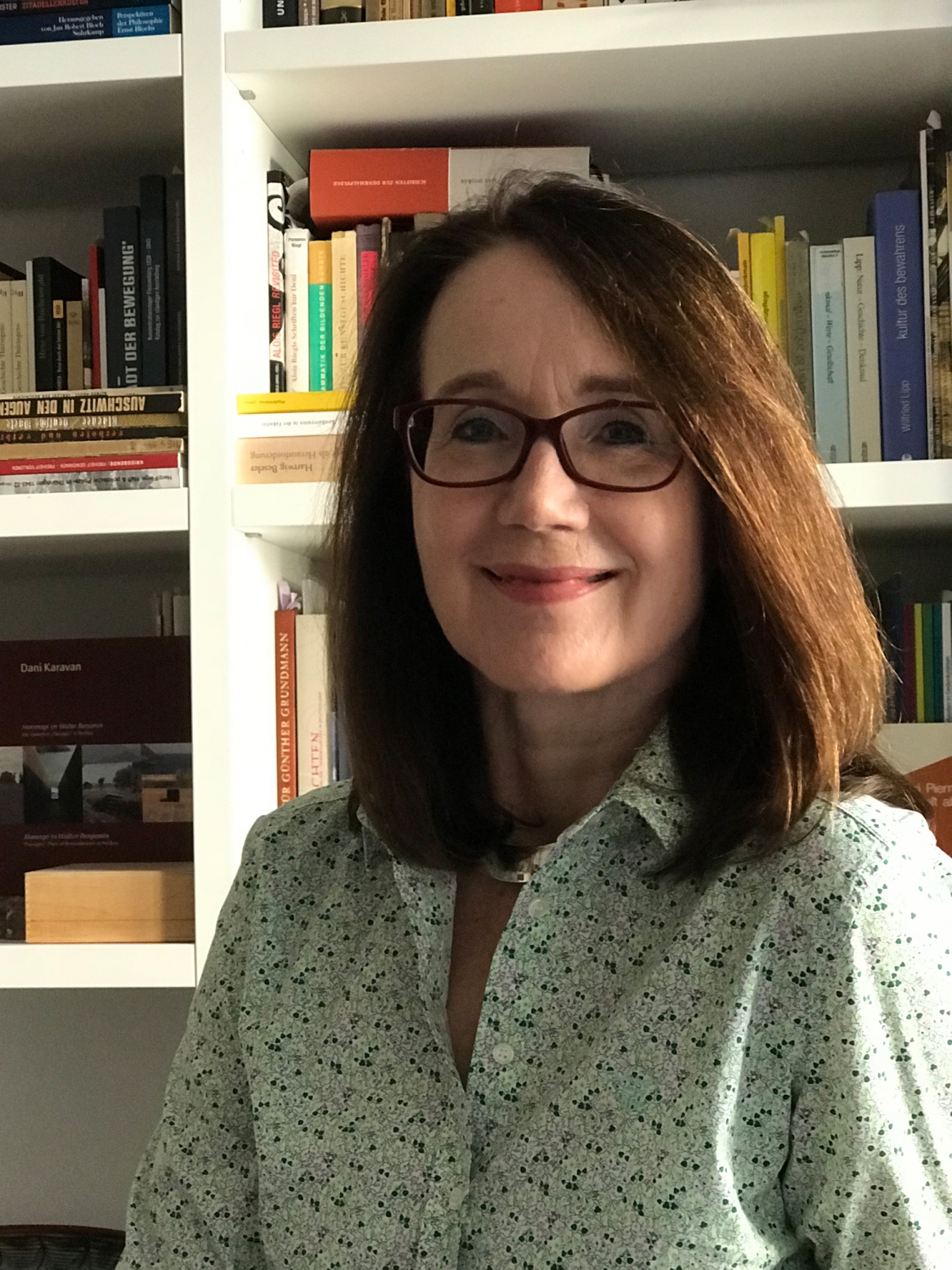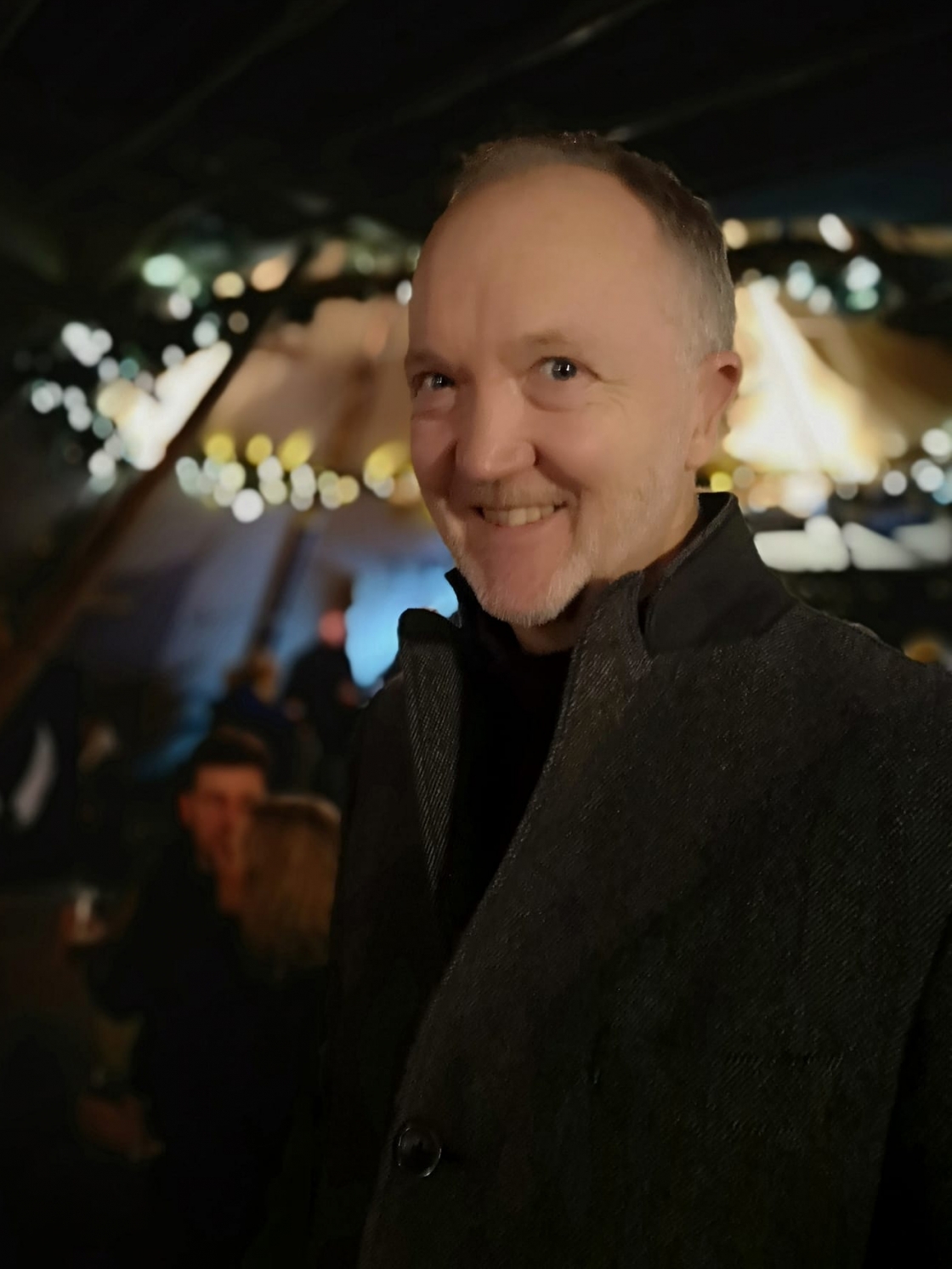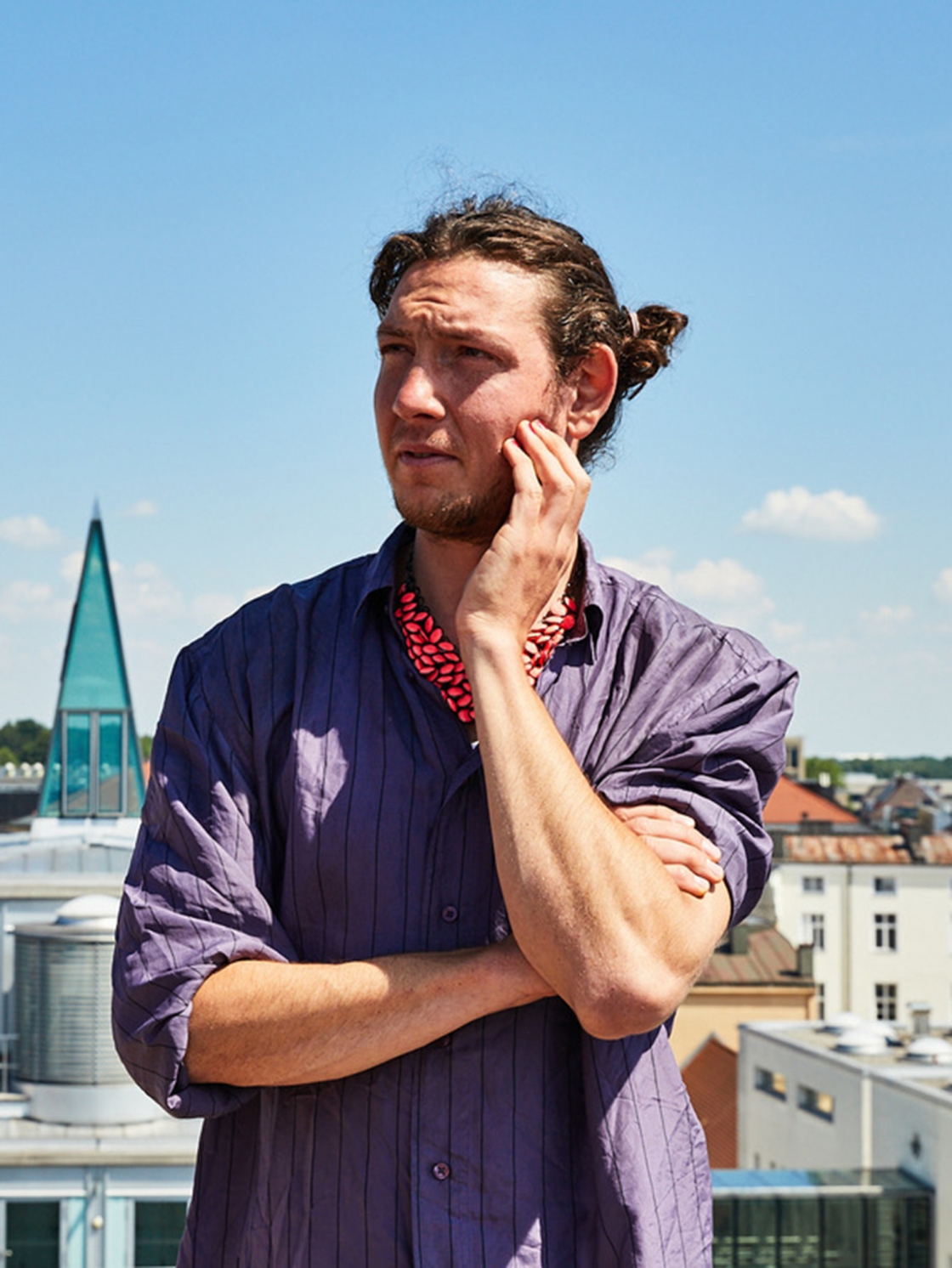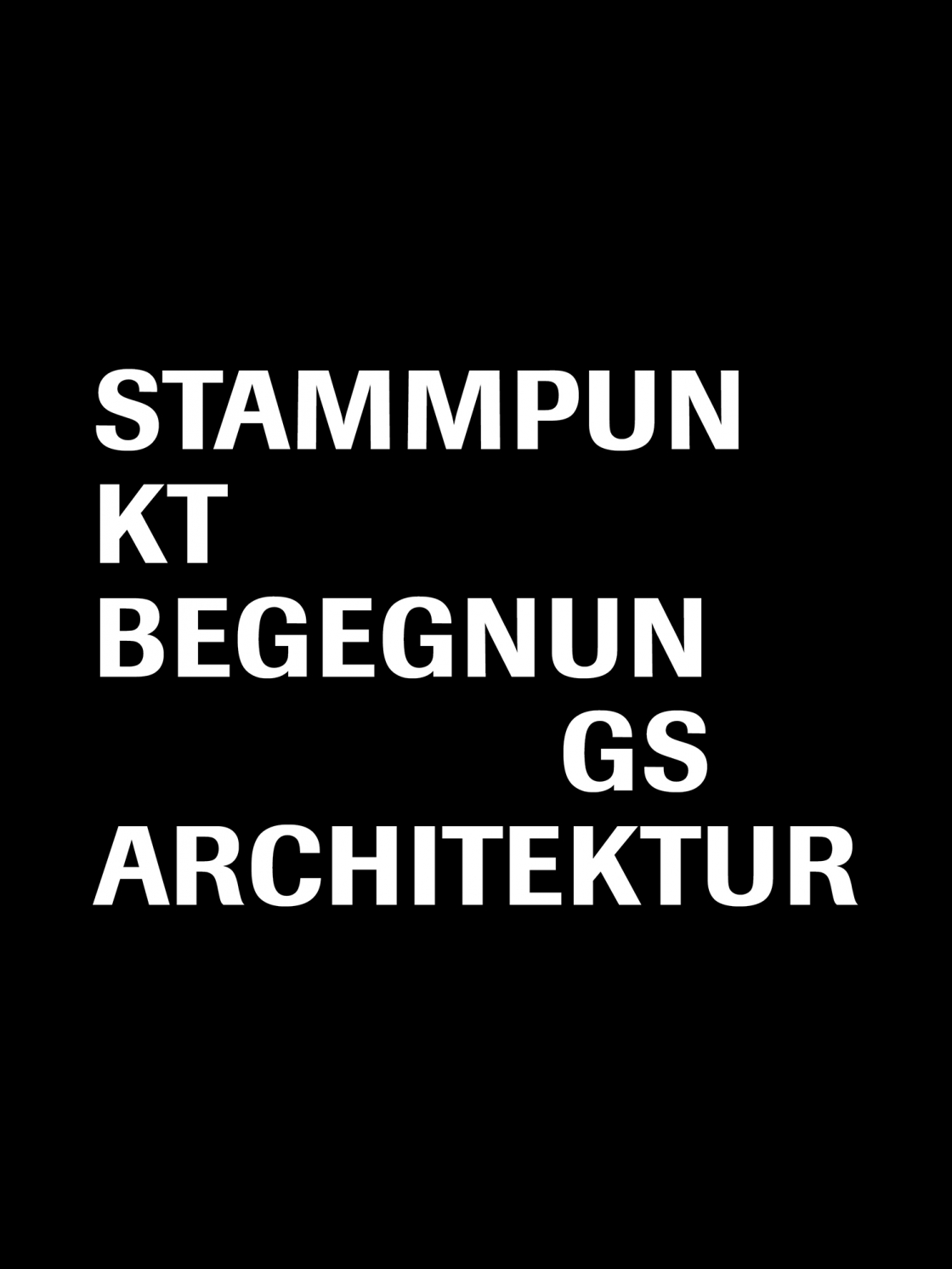Exhibition lab
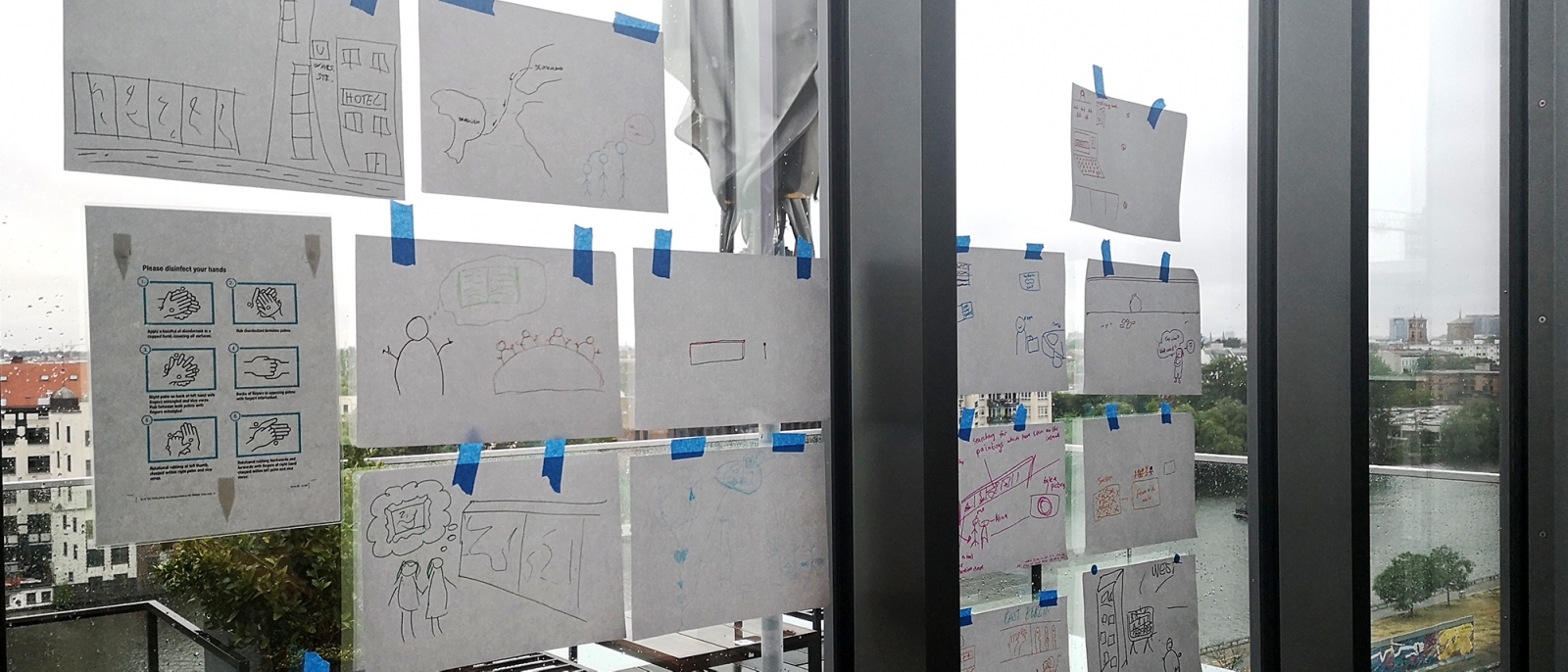
© Berlin Wall Foundation
The Berlin Wall Foundation is currently developing a permanent open-air exhibition for the East Side Gallery. It will open in the fall of 2022. The exhibition will provide background information about the 1990 art action and the East Side Gallery paintings. It will also explain the border site and commemorate the victims of the Wall. The exhibition will use the works of art and the art action as a starting point to show how Mühlenstrasse and the surrounding urban area have been altered by the Wall, its fall and the years since 1990.
Many people are involved in creating the exhibition: Artists from the East Side Gallery, contemporary witnesses of the historical site, local and city residents, and international students are helping to focus content and select methods for conveying information. In the "exhibition lab" they take part in workshops, digital forums and surveys. These critical friends of the exhibition provide advice and support through their own ideas.
What does the East Side Gallery mean to you? What do you think of our exhibition ideas? Do you prefer reading longer texts or shorter ones?
We, the exhibition team at the East Side Gallery, are interested in these and other questions, which is why we are asking them to lots of different people. As we conduct our research and conceptual work, we are discussing our ideas for the East Side Gallery and the exhibition with different groups. Since June, workshops have been taking place with artists from the East Side Gallery in cooperation with Fotogalerie Friedrichshain and Anschutz Entertainment Group.
Lutz Henke, M.A
Lutz Henke, M.A., is a cultural scientist and curator. He studied urban studies, art and contemporary history in Frankfurt/Oder, Buenos Aires and Berkeley. As founder of the Kreuzberg art association Artitude e.V. and director of the exhibition space Senatsreservespeicher Berlin, he has realized numerous exhibitions on urban art and communication since 2001, such as “Write the Wall - Temporary Berlin Wall Monument” (2009) and “The Revolution in the Service of Poetry” (2011). He currently works as a cultural officer at visitBerlin.
Prof. Dr. Waltraud Kofler-Engl
Prof. Dr. Waltraud Kofler-Engl studied art history and history in Innsbruck and Florence and received her doctorate in 1985. From 1986 to 2018, she worked as an inspector for the Office of Monument Preservation in the Autonomous Province of Bolzano/South Tyrol, and from 1994 as director of the Office for Architectural and Artistic Monuments and as deputy state conservator. Since September 2018, she has served as head of the Cultural Heritage/Cultural Production Platform at the Faculty of Design and Arts of the Free University of Bolzano. Her research and publications focus on medieval wall painting, architecture and art of the interwar period, historic gardens in South Tyrol, theory and practice of monument preservation, as well as restoration, perception and presentation of material cultural heritage. She is a member of the Working Group for Theory and Teaching of Monument Conservation Germany and of ICOMOS Germany.
Dr. Sara Perry
Dr. Sara Perry is Director of Research and Engagement at Museum of London Archaeology (MOLA), overseeing its award-winning community initiatives and its extensive post-excavation programmes and grant-funded research. Sara was previously Senior Lecturer in Cultural Heritage Management at the University of York, where she honed her research specialism in the development, circulation and evaluation of media and interpretive resources for archaeology, heritage sites and audiences. She is currently Co-I on the AHRC-funded Making it FAIR project, working with local UK museums and cultural stakeholders to understand the 'digital divide' during the COVID-19 pandemic. Sara was a lead on the EU-funded EMOTIVE Project (www.emotiveproject.eu), and directed heritage interpretation programmes at archaeological sites around the world, including Çatalhöyük in Turkey (www.catalhoyuk.com), Memphis, the capital of Ancient Egypt, and Kilwa and Pangani in Tanzania (https://www.conchproject.org/). She has published widely on interpretation, public engagement and the participatory development of interactive experiences, as well as evaluating responses to archaeological and heritage outputs. As an educator, Sara has been recognised as one of JISC’s 50 Most Influential Higher Education Professionals Using Social Media, and as runner up for the Times Higher Education Award for Most Innovative Teacher of the Year.
Prof. Dr. phil. Ingrid Scheurmann
Prof. Dr. phil. Ingrid Scheurmann, historian, is honorary professor for monument preservation at the TU Dortmund University and lecturer at the TU Berlin in the master's program “Historical Building Research and Preservation.” She headed the Dehio office at the Deutsche Stiftung Denkmalschutz from 2001-2008 and curated the exhibition “Zeitschichten - Erkennen und Erhalten. Monument Preservation in Germany” in 2005. From 2008-2012, she was an interim professor for heritage studies and applied building research at the TU Dresden and head of the master's program “Monument Preservation and Urban Development.” From 2009-2012 she headed the project section "Between History and Historicization" within the BMBF research project "Monument - Values - Dialogue," and in 2014-17 headed the project section “Broadening the Monument Concept Further?” within the BMBF research project “Which Monuments Which Modernity?” She is also on the board of the working group “Theory and Teaching of Monument Preservation” (2008-2018) and the History of Berlin Association. Ingrid Scheurmann has published numerous papers on the history and theory of monument preservation, most recently: “Contours and Prospects of Monument Preservation. On Dealing with Architectural Relics of the Past.”
Prof. John Schofield
John Schofield is Professor of Archaeology at the University of York, UK, where he is Director of Studies in Cultural Heritage Management. Prior to his appointment to York in 2010, John spent 21 years with England's lead national heritage agency English Heritage (now Historic England), working in heritage policy and protection with a particular focus on military and contemporary heritage including from the Cold War era. At York he served as Head of Department from 2012 to 2018. John has researched and published various aspects of Berlin's recent history, including a book on the Teufelsberg in both English and German. This particular project had a strong personal connection, given that John lived in Berlin as a child, his father commanding the British operations at the Teufelsberg from 1971 to 1973. John is a Fellow of the Society of Antiquaries of London and a Member of the Chartered Institute of Archaeologists. He also holds adjunct status at universities in Finalm (Turku) and Australia (Flinders and Griffith).
Jakob Wirth
Jakob Wirth, sociologist, artist and activist, studied sociology, art and performance in Madrid, Chicago and Berlin, among other places. He is currently completing the master's course "Spatial Strategies" and Social Sciences at the Weißensee Art College and Humboldt University in Berlin. His creative work is socially critical and often overlaps with his political engagement. For example, in one of his last projects in 2020 called “TRUE MASCULINITIES,” Jakob Wirth broke with toxic notions of masculinity in four videos in which he asked cis men how they think a real man should be. The connection between art and activism also plays a role in other projects, such as his performative art project in Friedrichshafen in 2015, with which he protested against the bureaucracy in dealing with refugees in Germany.
Stammpunkt
Stammpunkt was founded in 2018. The Berlianen were conceived of for the city museum exhibition in the Humboldt Forum. There have also been collaborations with Mutik GmbH, DKJS and KW Institute for Contemporary Art, among others. Stammpunkt creates material frameworks for immaterial processes with encounter architecture. With visionary concepts and spatial interventions, Stammpunkt promotes a holistic, social and sustainable coexistence. Encounter architecture creates dialogue spaces, exchange platforms and areas for co-creation. Stammpunkt consists of artist Gert-Jan Stam and architect Thomas Bohne.
